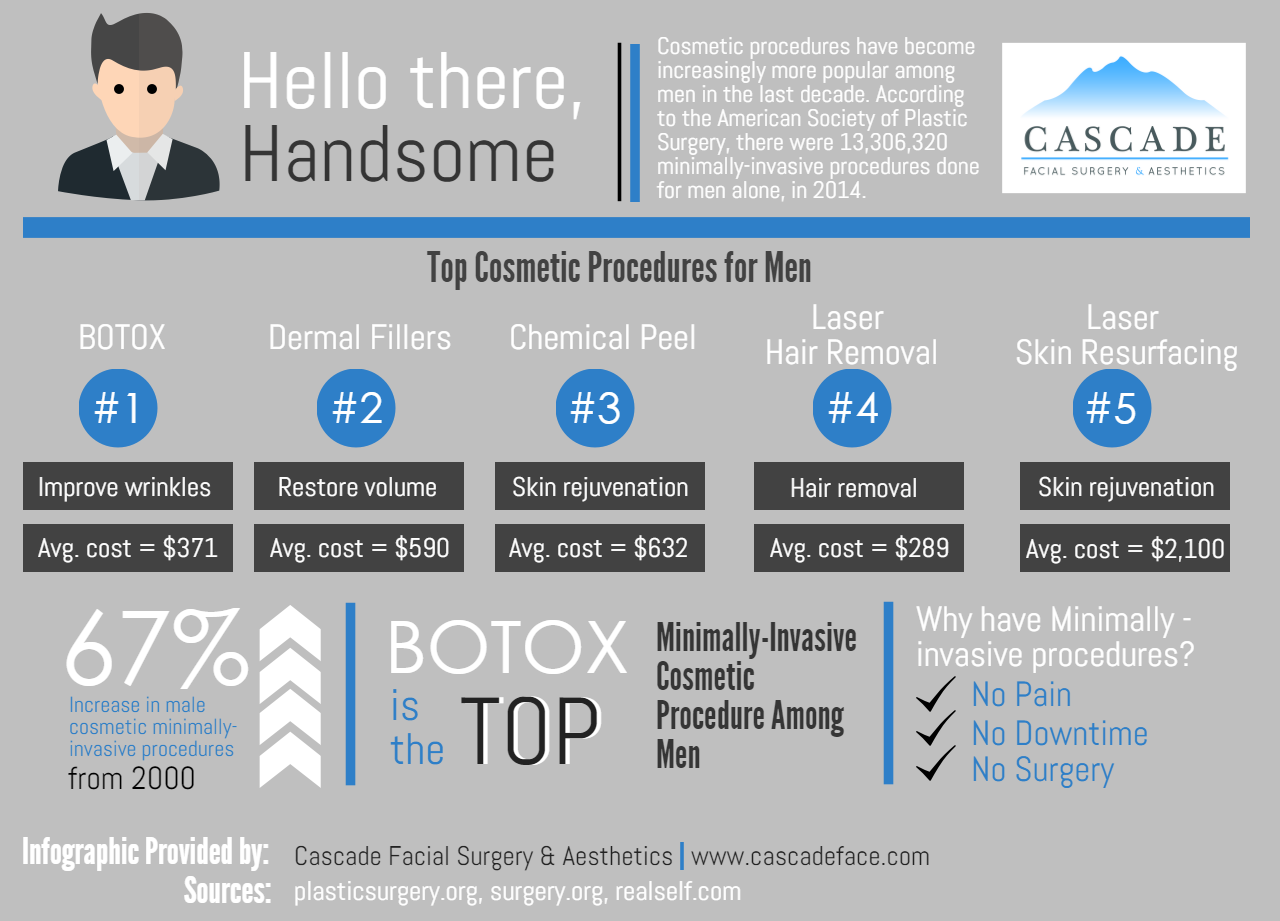Best Products For Post Acne Redness
Best Products For Post Acne Redness
Blog Article
Acne Treatment - What Are AHAs in Acne Therapy?
AHAs are a crucial component for unclogging pore blockages and brightening acne-prone skin. They function by breaking down dead skin cell build-up to promote newer, fresher cells, and preventing future clogs.
Formulating topical AHAs requires careful focus to various essential aspects that dramatically impact their efficacy and tolerability. Preserving the ideal pH variety, in addition to lorry selection and concentration, enhances their exfoliative qualities while minimizing possible adverse reactions.
Glycolic acid
Glycolic acid is understood for its moderate yet efficient scrubing properties, which promote skin's natural shedding and loosen the "glue" that holds dead cells on the surface of the skin. This assists unblock pores and decrease the look of great lines and creases, along with boost total skin texture and tone.
Interestingly, topical glycolic acid has also been shown to stimulate the production of collagen, which is vital in preserving skin's suppleness and flexibility. It is very important to keep in mind, nevertheless, that since glycolic acid can promote the skin's level of sensitivity to sunshine, it is vital to put on sun block when making use of any kind of items having this active ingredient.
Skin doctors pay mindful focus to the solution of items having AHAs in order to maximize their efficiency and tolerability. Formulating AHAs with the appropriate vehicle, along with pH and concentration considerations, allows for optimal skin penetration while reducing prospective negative responses. This is especially vital for people with delicate skin, considering that AHAs are recognized to be gently bothersome.
Lactic acid
Lactic acid is located in several over-the-counter skin treatment items and some more powerful specialist peels and therapies. It has the lowest molecular weight of all the AHAs and is able to penetrate much deeper right into the skin, where it is a lot more efficient at unclogging pores and exfoliating.
Like glycolic acid, it also stimulates collagen synthesis, which helps diminish great lines and creases and enhance skin structure. Furthermore, it has moisture-retention homes, which makes it more suitable for drier skin types than various other AHAs.
The considerable body of professional information corroborating the efficacy of topical AHAs supports their energy in a wide range of skin-related conditions and aesthetic concerns. These consist of complex skin renewal procedures, depletion of great lines and creases, lightening of hyperpigmentation, therapeutic intervention for actinic keratosis, and acne monitoring [2] Maximizing the formula of AHAs by balancing pH, focus, and lorry choice even more enhances their healing capacity. These careful considerations make it possible for skin specialists to deliver secure and efficient treatments that give remarkable medical results.
Mandelic acid
Mandelic acid, stemmed from almonds, is one more member of the AHA household and is a popular active ingredient in items that help deal with acne. Its larger molecular size indicates it permeates the skin extra gradually and gently, which can lower the capacity for irritation. It's likewise less most likely to set off redness and various other skin sensitivity concerns, making it suitable for delicate skin kinds.
Mandelic Acid is thought to help in reducing inflammation and increase hydration. It works by loosening up the bonds between dead skin cells, allowing them to lose and reveal fresher-looking skin. It additionally helps reduce the look of facial rejuvenation near me enlarged pores.
Creating topical products with AHAs calls for an exact balance of crucial elements that dramatically impact their efficiency and tolerability. In particular, the pH of an AHA solution has been shown to play a critical function in its capacity to promote peeling and improve complexion and texture. Attaining this optimal focus is a challenging objective and calls for precise focus to the different variables that affect the solution process.
Citric acid
Citric acid, located in citrus fruits such as oranges and lemons, is a mild AHA. It's much less bothersome than glycolic or lactic acid, making it better for delicate skin. It also has astringent residential properties, helping to dry excess oil.
Like various other AHAs, citric acid can be utilized in chemical peels and day-to-day active/maintenance treatments to exfoliate the skin and advertise cell turnover. It can help in reducing the look of dark areas and hyperpigmentation, along with fine facial lines.
It can additionally enhance the synthesis of glycosaminoglycans, which play a crucial role in enhancing the skin obstacle feature. This assists to avoid trans-epidermal water loss, and maintain ideal hydration degrees in the skin [35]
AHAs can be combined with relaxing active ingredients such as ceramides or hyaluronic acid to improve their tolerability. They can be integrated right into daily active/maintenance skincare with lotion or serum formulas. This permits practitioners to tailor their AHA therapies based on client requirements and choices, with the flexibility of picking from different treatment intensities or focus.